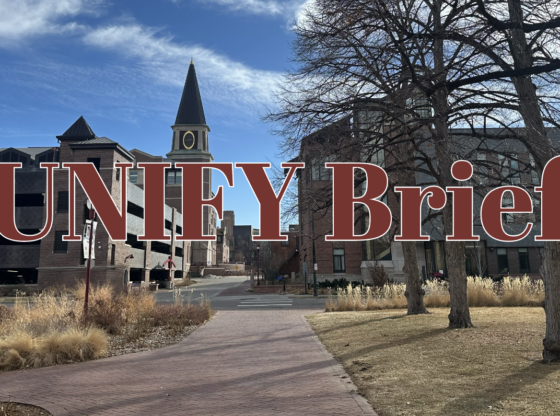With summer temperatures getting hotter, the Biden administration has begun to put forth plans to protect American civilians this past week as this summer’s heat waves lead to many incidences of death and hospitalization, specifically in the Pacific Northwest.
President Joe Biden released a statement on Sept. 20 explaining his thought process and plans for the future of extreme weather protection.
“Over the past few weeks I have traveled across the country to see first hand the devastating human and economic toll of extreme weather exacerbated by climate change,” Biden said.
He began by focusing on the extreme storms, fires and floods that have devastated lives across the country, calling them a “blinking code red for our nation,” but continued to discuss the lurking danger of heat.
“Rising temperatures pose an imminent threat to millions of American workers exposed to the elements, to kids in schools without air conditioning, to seniors in nursing homes without cooling resources and particularly to disadvantaged communities,” the statement reads.
Biden assured the nation that his administration is working with several agencies, including the Department of Labor, the Department of Health and Human Services and the Environmental Protection Agency, in order to fight the harm of dangerous temperatures.
He intends to ensure easier access to cooling assistance while working to provide safer and healthier work conditions for those impacted by the temperature increases.
The economic toll climate change has had on the nation seems to be a major focus of Biden’s plans, with him stating “extreme weather cost America $99 billion in damage last year—and we will break that record in 2021.”
Biden concluded the statement by calling on Congress to push forward bills that protect the citizens of this nation, claiming imminent action is necessary.
“I urge Congress to deliver both the Bipartisan Infrastructure Deal and my Build Back Better Agenda to my desk so that we can make the urgent investments the American people want and our nation needs – to strengthen our nation’s resilience, create millions of new jobs, and protect our families and communities from the growing climate crisis,” he said.
Not everyone, however, is on board with these changes.
Reuters reports that the American Farm Bureau Federation (AFBF) is concerned about “one-size fits all” regulations, with director of congressional relations for AFBF Allison Crittenden stating “we urge (OSHA) to recognize individual health needs and regional differences in weather.”
Despite this push for new regulations regarding workers and civilians, the climate isn’t getting better. A UN Climate report released earlier this year outlined the future of weather and climate across the world.
In Western North America and Central North America, where Colorado is located, “increases in drought and fire weather” are likely, while other areas of the region will see higher rainfall and possibly an increase in flood danger.
In general, a removal of Carbon Dioxide from the atmosphere could reverse some damages caused by climate change, but it would need to be net negative, meaning more Carbon Dioxide is removed from the climate than added.











